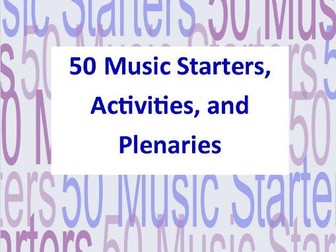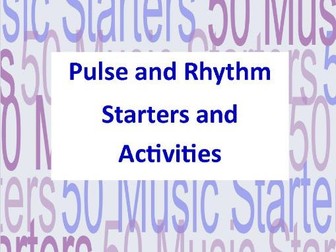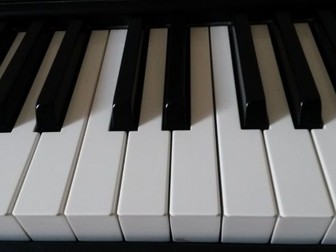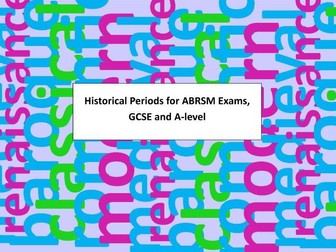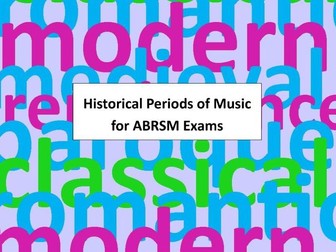14 "Elements of Music" Worksheets and Puzzles for Cover, Homework or Revision
Stunning Value! A bumper pack of 14 worksheets (or funsheets) for useful coverwork, homework or revision suitable for KS3 (yrs 7-9), or for checking basic knowledge at the start of a GCSE music course, for those with less musical background.<br />
<br />
What Does It Do? <br />
This resource tests the basics in an informal way and extends and explores knowledge of each of the elements, giving opportunities for students to apply their knowledge in creative ways - great preparation for a variety of composing, performing or listening tasks. ALTERNATIVELY, use this resource with the associated set of Elements Of Music Factsheets to create a totally self-supporting set of 14/28 activities, where no prior knowledge is needed to complete each task (great for cover work where no specialist teacher is available).<br />
<br />
What's In It?<br />
2 worksheets on each of the Elements - pitch, tempo, timbre, duration, dynamics and texture, plus 2 bonus sheets on The Elements. 14 worksheets in all, as well as teacher notes and suggestions for use. Each worksheet ends with a more open-ended task which ensures that coverwork does not run out before the end of the lesson, but these tasks could also be set as a separate homework task - giving 28 short but meaningful KS3 homework tasks in total - enough for a whole academic year!<br />
